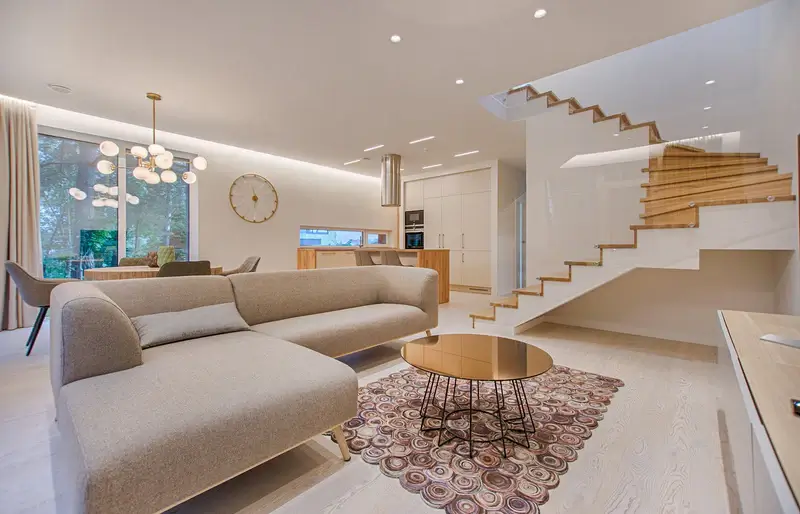The hospitality industry thrives on the aesthetic appeal and comfort of its spaces. Whether it’s a hotel, café, restaurant, or other types of venue, the selection of appropriate hospitality furniture can make or break the overall experience for customers. With interior design playing a pivotal role in the hospitality sector, understanding the nuances of furniture selection is key to creating inviting spaces that not only attract but also retain guests.
Understanding the Essentials of Hospitality Furniture
Furniture in the hospitality industry isn’t just about providing seating. It’s about contributing to the environment’s ambiance, functionality, and identity. Each piece of furniture should align with the design concept, be durable for high-traffic usage, and adhere to the establishment’s standard of comfort. As the first impression can be lasting, the choice of furniture is critical to the overall impression that a hospitality space imparts.
The Role of Design and Comfort
Design in hospitality furniture isn’t solely about aesthetics; it encompasses comfort, ergonomics, and scale. Whether the goal is a minimalist, modern, or traditional vibe, the furniture should provide a seamless experience where form meets function. Comfort isn’t just a luxury but a necessity in hospitality. Uncomfortable seating can deter patrons from elongating their stay, thereby potentially reducing revenue.
Durability and Maintenance
With a continuous influx of guests, wear and tear on furniture are inevitable. Therefore, opting for high-quality, durable pieces that can withstand constant use is essential. In addition, maintenance should be straightforward. Hospitality managers should look for furniture that can be easily cleaned, repaired, and which maintains its aesthetics over time to ensure long-term cost-effectiveness.
Space Optimisation
Furnishing a space is much like playing a strategic game where every piece should serve a purpose without overcrowding the area. Thoughtful layout and the ability to maximise space can enhance both staff workflow and guest comfort. To avoid a cluttered environment, furniture should be appropriately sized and versatile where possible.
Consistency with Brand Image
The style and quality of furniture selected for a hospitality space should be a reflection of the brand’s image and ethos. It’s important that the furniture communicates the right message about what the brand stands for. Whether it’s luxury or casual dining, the furniture should speak the same language as the brand’s vision.
Factors to Consider When Selecting Hospitality Furniture
The process of selecting the right hospitality furniture is multi-faceted. Here are some factors to consider when making these decisions.
Assessing Your Space Requirements
Before choosing furniture, assessing the available space is crucial. This involves measuring the area and considering the layout to determine how many pieces can comfortably fit within the space. Moreover, understanding the flow of traffic and how guests interact with the space will influence the type and placement of furniture.
Functionality and Flexibility
Choosing multi-functional furniture that can be easily reconfigured for different settings or events is beneficial. Furniture that offers storage or can be folded and stowed away offers additional flexibility for space management.
Material Selection
The material of the furniture is not just about aesthetic appeal; it also affects durability, comfort, and upkeep. Materials such as hardwoods, aluminium, and treated fabrics are popular for their longevity and ease of maintenance in high-use environments.
Customisation Options
Sometimes, off-the-shelf furniture options may not completely align with a brand’s identity. As such, exploring customisation options may be a viable route. Bespoke furniture can provide that unique touch that sets a space apart from competitors.
Quality Over Quantity
It may be tempting to cut costs by purchasing cheaper furniture in larger quantities. However, investing in high-quality, well-crafted pieces often proves more economical in the long term due to their longer life span and fewer replacement needs.
Compliance with Regulations
Adhering to safety and accessibility regulations is a non-negotiable aspect of furniture selection. This not only protects the establishment legally but also ensures that all guests, including those with disabilities, can comfortably use the facilities.
Sustainability Considerations
With an increasing emphasis on sustainable practices, selecting eco-friendly furniture can contribute not just to the environment but also to a brand’s reputation. There is a growing preference among customers for businesses that demonstrate a commitment to sustainability.
Partnering with the Right Suppliers
Finding the right supplier that can offer a wide range of high-quality hospitality furniture options is paramount. Working with suppliers who understand the unique requirements of the hospitality industry can streamline the selection process, with their expertise often invaluable in making the right choices.
Conclusion
Selecting the right furniture is a vital component in the hospitality industry’s interior design. The suitable pieces can enhance a brand’s image, provide comfort and functionality, and ensure a lasting positive impression on guests. By considering factors such as durability, design, and the supplier’s quality, businesses can achieve an enticing atmosphere that resonates with their brand and clientele. In essence, thoughtful furniture selection is fundamental to transforming a space from ordinary to extraordinary, making it an integral part of any hospitality venue’s success story.
